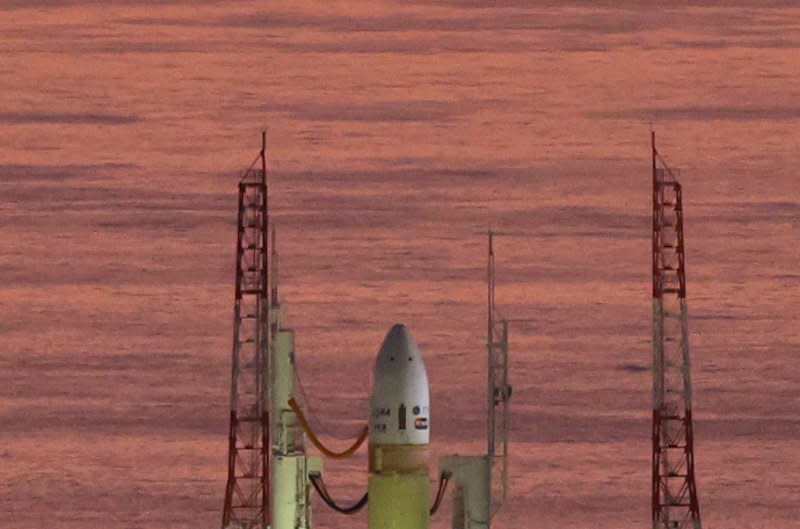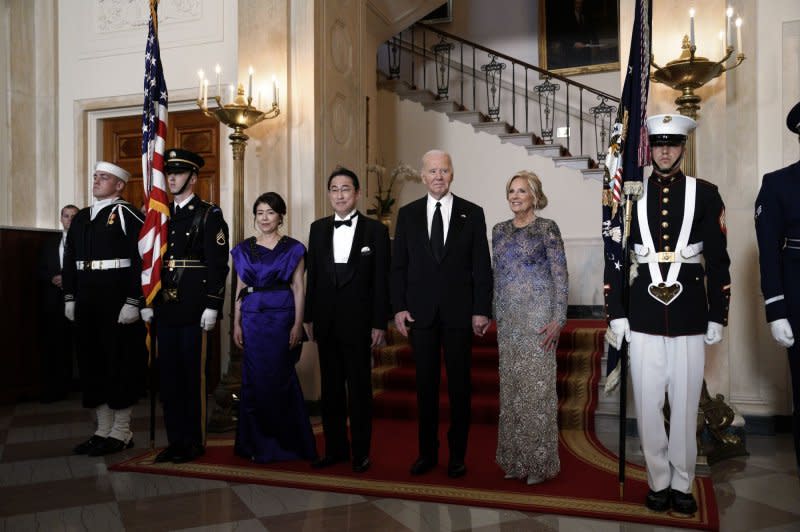Japan succesfully launches H3 next-gen rocket with new observation satellite

July 1 (UPI) -- In its third attempt in more than a year, the Japan Aerospace Exploration Agency successfully launched Monday its new H3 rocket carrying with it this time an observation satellite intended to monitor damage on Earth from natural disasters.
"Today, the payload, Daichi-4, was deployed into its operational environment -- space -- and has commenced its mission," Hiroshi Yamakawa, JAXA's president, said hours after Monday's launch that was met with a jubilant response by space officials.
The country's space agency, known as JAXA, confirmed the Japanese-built H3 rocket lifted off at 12:06 p.m. local time Monday at Tanegashima Space Center in Kagoshima Prefecture at Japan's southernmost tip located beneath the Korean peninsula.
The satellite reportedly separated approximately 16 minutes after the H3 took off at an altitude of about 613 Kilometers carrying the satellite that was put in orbit.
An original Sunday launch date was bumped to Monday due to weather.

Japanese Prime Minister Fumio Kishida took to social media to praise the "successful" rocket launch equipped with the Daichi 4 satellite, "which has the world's highest level of resolution and observation area," he said Monday.
The new space satellite, also known as the Advanced Land Observing Satellite-4, will be able to track ships as well as detect the impact and damage of natural disasters from events like heavy rainfall, earthquakes, volcanic eruptions and landslides.

The two other failed missions carried with them dummy satellites. Along with JAXA, the satellite was jointly developed by Mitsubishi Electric following the loss of Daichi-3 in last year's failed mission.
"It was truly a perfect launch, a perfect 100 out of 100," Makoto Arita, the JAXA H3 project team manager, said Monday.
Kishida expressed his "respect" for "the efforts of all those involved, and hope that this will advance Japan's space development and utilization."
The H3 will be part of the U.S.-led Artemis moon exploration program whereby Japanese astronauts will be set to land on the moon with American astronauts at a later date. And according to the prime minister's office, the satellite's observation data was also used in the Noto Peninsula earthquake that occurred months ago in January.
It was welcome news for Japan's space agency that saw two failed attempts to launch the next-generation H3 rocket last year, only followed by H3's second such successful launch attempt in February which came before Monday's third.
In January, Japan successfully put a spy satellite into orbit to improve its abilities to monitor North Korea and natural disasters, as several Asian nations seek to put spy orbitals into space.
It arrived amid a strengthening of diplomatic ties between the U.S. with China's eastern neighbor and the Philippines to Japan's south.
Kishida in April was in Washington on a state visit to see President Joe Biden where the two leaders then announced a "historic" new military pact and plans of cooperation on the joint space mission to send a Japanese astronaut to the moon for the first time.
That happened the same week as a trilateral summit between Biden, Kishida and Philippines President Ferdinand "Bongbong" Marcos Jr to further strengthen ties in the Indo-Pacific as U.S. relations with the Chinese government remain tense, particularly in the South China Sea.


